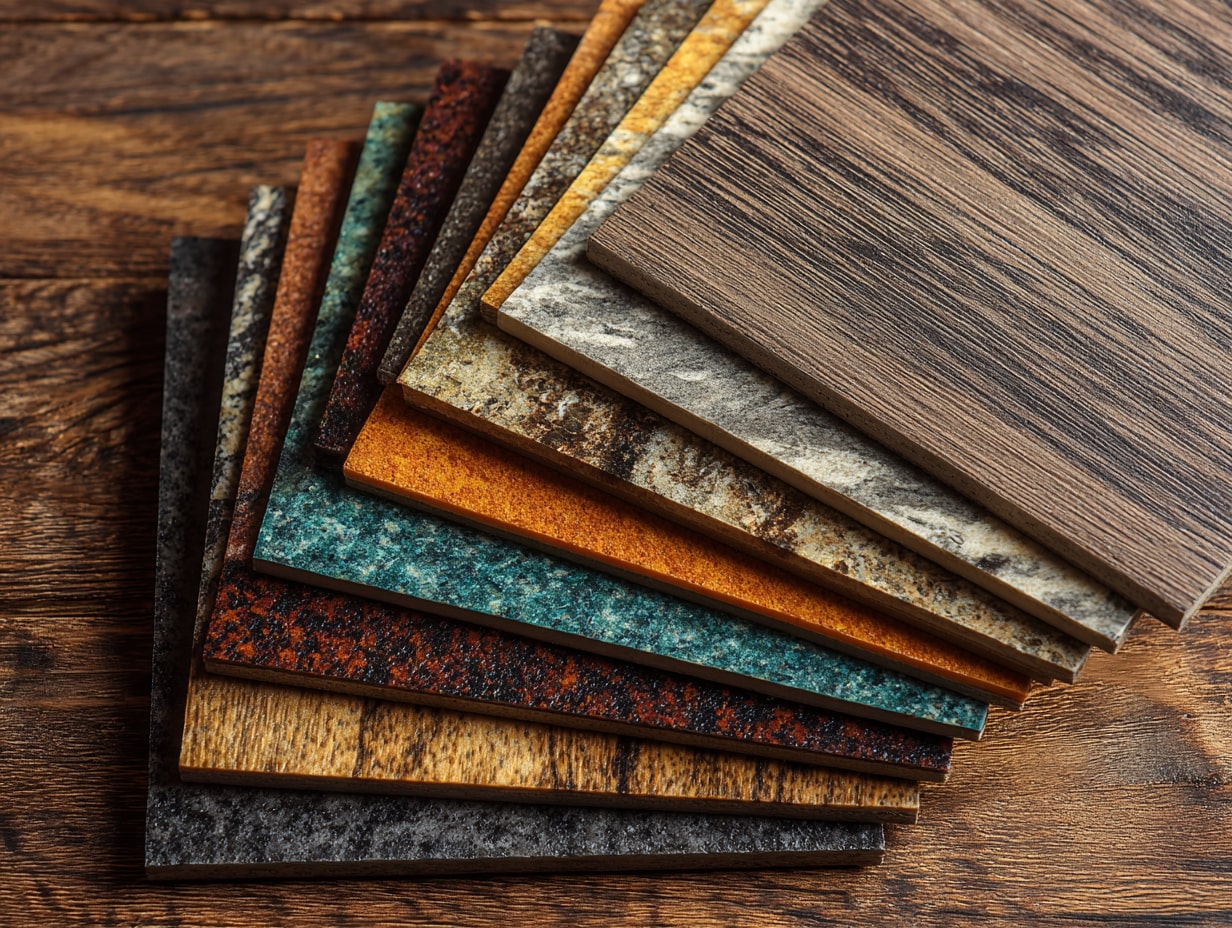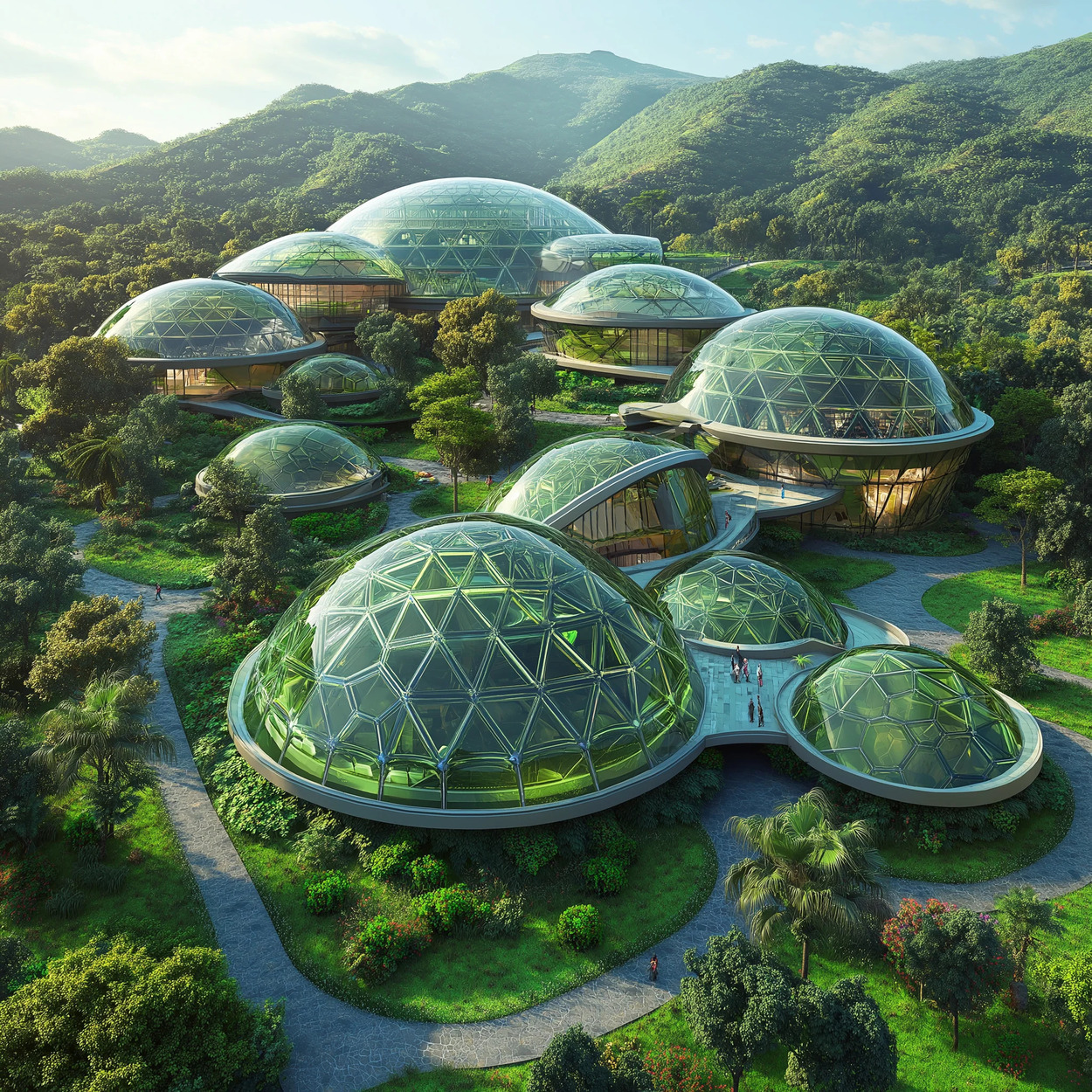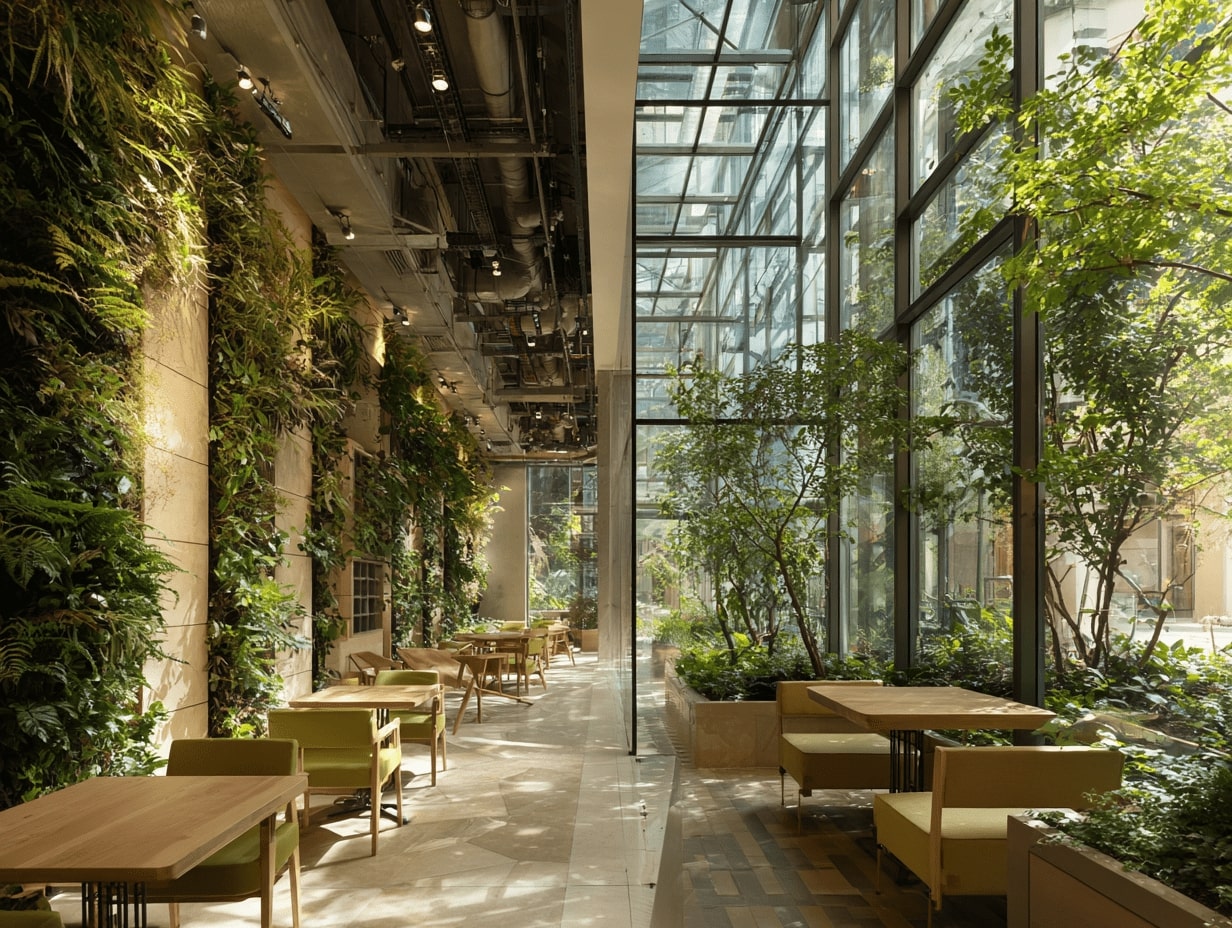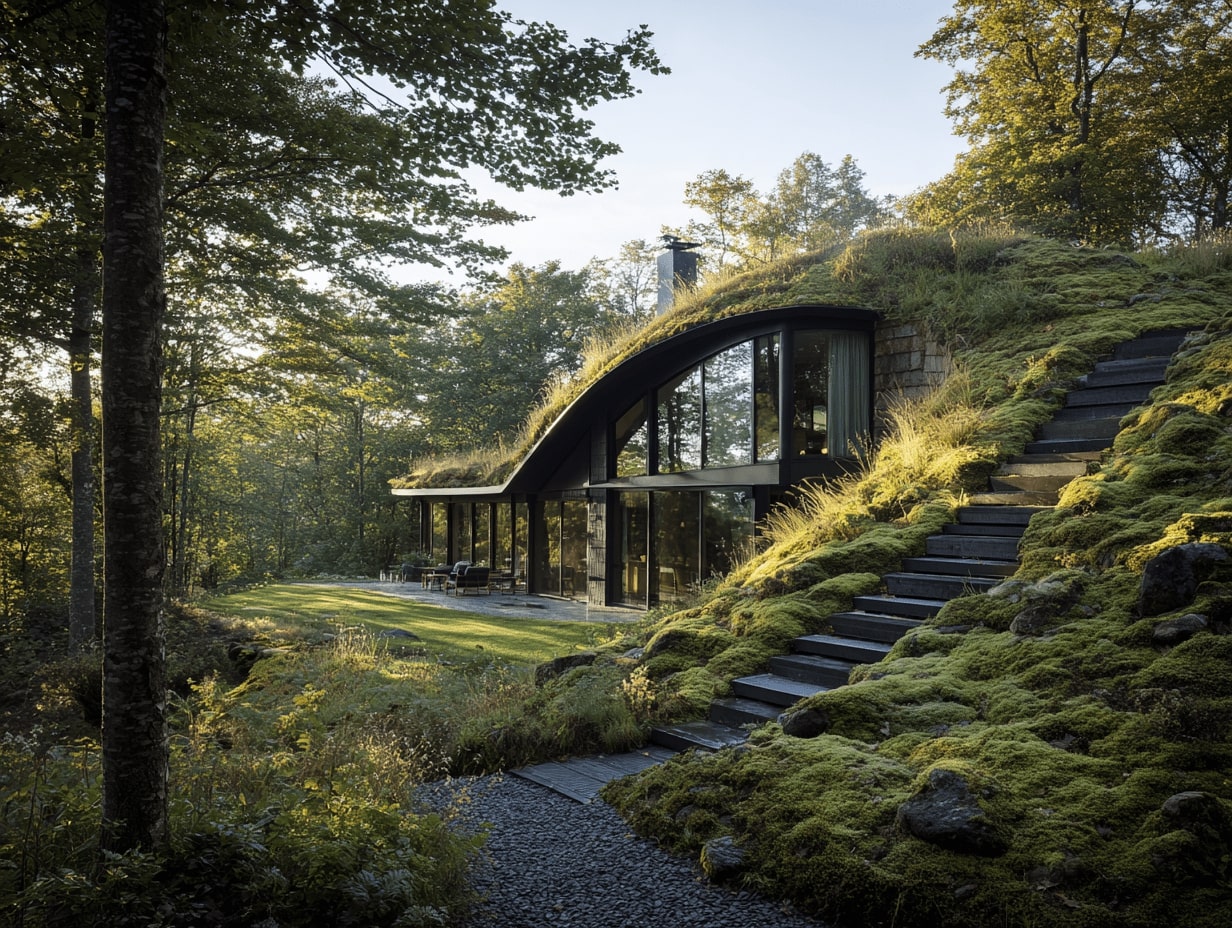- Home
- Articles
- Architectural Portfolio
- Architectral Presentation
- Inspirational Stories
- Architecture News
- Visualization
- BIM Industry
- Facade Design
- Parametric Design
- Career
- Landscape Architecture
- Construction
- Artificial Intelligence
- Sketching
- Design Softwares
- Diagrams
- Writing
- Architectural Tips
- Sustainability
- Courses
- Concept
- Technology
- History & Heritage
- Future of Architecture
- Guides & How-To
- Art & Culture
- Projects
- Interior Design
- Competitions
- Jobs
- Store
- Tools
- More
- Home
- Articles
- Architectural Portfolio
- Architectral Presentation
- Inspirational Stories
- Architecture News
- Visualization
- BIM Industry
- Facade Design
- Parametric Design
- Career
- Landscape Architecture
- Construction
- Artificial Intelligence
- Sketching
- Design Softwares
- Diagrams
- Writing
- Architectural Tips
- Sustainability
- Courses
- Concept
- Technology
- History & Heritage
- Future of Architecture
- Guides & How-To
- Art & Culture
- Projects
- Interior Design
- Competitions
- Jobs
- Store
- Tools
- More
Top Benefits of Building with Eco Materials in the USA for a Sustainable Future
Discover the environmental, economic, and health benefits of building with eco-friendly materials in the US. Learn how bamboo, recycled steel, reclaimed wood, and low-VOC paints reduce carbon footprints, save on energy costs, improve air quality, and support sustainability. Embrace green construction for a better planet, healthier living spaces, and long-term financial rewards.

Sustainable living isn’t just a trend; it’s a necessity. As we face growing environmental challenges, the way we build our homes and communities plays a crucial role in shaping a greener future. One of the most impactful shifts we can make is choosing eco-friendly materials for construction. These materials not only reduce our carbon footprint but also promote healthier, more energy-efficient spaces.
In the US, the demand for eco materials is rising as more of us recognize their long-term benefits. From reducing waste to saving on energy costs, building with sustainable materials offers solutions that benefit both our planet and our wallets. It’s time we embrace this smarter, more responsible way of building for a brighter future.

Table of Contents
ToggleOverview Of Eco Materials
Eco materials, also known as sustainable building materials, are those that minimize environmental impact throughout their lifecycle. These materials often come from renewable resources or recycled products, reducing reliance on non-renewable resources. In the US, materials such as bamboo, reclaimed wood, recycled steel, and low-VOC (volatile organic compound) paints are commonly used in eco-conscious construction.
Bamboo serves as a fast-growing alternative to traditional hardwoods and thrives in diverse climates. Reclaimed wood reduces demand for newly harvested timber, preserving forests. Recycled steel requires significantly less energy to produce compared to virgin steel, and it’s durable for structural uses. Low-VOC paints improve indoor air quality by emitting fewer harmful chemicals during application and drying.
Many eco materials are also designed for energy efficiency. For example, insulated concrete forms (ICFs) enhance thermal performance, helping maintain interior temperature and reducing energy use for heating and cooling. Advanced glazing systems, like low-emissivity (low-E) glass, limit heat transfer while allowing natural light to enter, reducing reliance on artificial lighting. Each of these innovations contributes to sustainable living by conserving natural resources and lowering environmental impact.

Environmental Benefits
Building with eco materials offers substantial benefits for the environment by promoting energy efficiency, reducing waste, and conserving natural resources. These materials contribute to a healthier planet, enhancing sustainability in the construction sector.
Reduced Carbon Footprint
Eco materials help lower greenhouse gas emissions by minimizing energy use during production and improving energy efficiency in buildings. Materials like reclaimed wood and recycled steel require significantly less energy compared to their non-recycled counterparts. For instance, using recycled steel reduces CO2 emissions by up to 58% compared to virgin steel production. Additionally, energy-efficient materials, such as insulated concrete forms, lower heating and cooling demands, decreasing overall carbon footprints.
Preservation Of Natural Resources
Sustainable materials reduce dependence on limited natural resources, ensuring long-term environmental conservation. Renewable options like bamboo grow 10-30 times faster than traditional hardwoods, offering an eco-friendly alternative for flooring and framing. Similarly, reclaimed wood repurposes materials from demolished buildings, avoiding deforestation. By using recycled products, such as steel and glass, we save raw materials while reducing landfill waste. These practices safeguard ecosystems and biodiversity, aligning with responsible construction goals.
Economic Advantages
Sustainable construction with eco materials offers significant financial benefits over time. These advantages go beyond initial investments and drive both personal and market gains in the US construction industry.
Long-Term Cost Savings
Eco-friendly materials lower operational expenses through reduced energy and maintenance costs. For instance, insulated concrete forms and advanced glazing systems improve energy efficiency, decreasing heating and cooling bills by 20-30%. Durable materials like recycled steel and bamboo require fewer replacements, minimizing upkeep expenses. Additionally, using reclaimed wood or recycled materials reduces upfront procurement costs, making sustainable building financially efficient.
Increase In Property Value
Properties built with eco materials command higher resale values due to demand for energy-efficient and sustainable living. Energy-efficient homes boast a premium increase of 5-10%, as reported by the National Association of Realtors. Buyers view features like solar panels, low-VOC paints, and energy-efficient insulation as profitable, long-term investments. This trend aligns with growing interest in green certifications that further enhance market value.

Health And Wellbeing Improvements
Building with eco materials significantly enhances health and wellbeing by creating safer and more comfortable living spaces. These materials reduce exposure to harmful substances, fostering healthier environments for occupants.
Better Indoor Air Quality
Eco materials improve indoor air quality by minimizing pollutants. Low-VOC paints, for instance, release fewer harmful chemicals into the air compared to traditional paints. Natural materials like hempcrete and clay plaster also regulate indoor humidity, preventing mold growth and allergens. By reducing airborne toxins, these materials create cleaner and healthier indoor atmospheres.
Reduction In Toxic Materials
Using eco materials limits the presence of toxic substances in construction. Products like recycled steel and bamboo contain fewer harmful additives than conventional building materials, reducing health risks. Additionally, sustainable insulation options, such as cellulose and wool, avoid the use of formaldehyde and other hazardous chemicals. These choices safeguard both construction workers and future inhabitants from prolonged chemical exposure.
Supporting Sustainability In The USA
Building with eco materials actively contributes to sustainability, particularly in the US, where reducing environmental impact is increasingly critical. This approach not only supports green practices but also boosts local economies and promotes healthier communities.
Encouraging Local Material Sourcing
Using locally sourced eco materials reduces reliance on imported goods and minimizes transportation emissions. Materials like reclaimed wood, recycled steel, and straw bales are often locally available, supporting regional industries and reducing the carbon footprint associated with long-distance shipping. Sourcing locally ensures builders rely on naturally abundant or regionally recycled resources, enhancing sustainable supply chains across the US. This practice also stimulates job creation in areas focused on producing and processing sustainable materials.
Promoting Green Construction Practices
Integrating sustainable materials encourages the adoption of greener construction methods. For example, employing energy-efficient building systems like insulated concrete forms supports long-term resource conservation. These practices reduce waste generated during construction by utilizing recyclable or reusable materials like steel and reclaimed wood. Additionally, green construction prioritizes energy-efficient designs, which are essential for meeting US building codes aimed at lowering overall energy consumption. By combining eco materials with advanced green methods, we elevate the standard for sustainable infrastructure development nationwide.

Conclusion
Building with eco materials offers substantial advantages that span environmental, economic, and health dimensions. These materials support sustainability by reducing carbon emissions, conserving resources, and improving energy efficiency. By adopting eco-friendly options like bamboo, reclaimed wood, and recycled steel, we actively contribute to minimizing our environmental impact while promoting energy-efficient buildings in the US.
The long-term cost savings associated with eco materials, including reduced energy expenses and maintenance costs, make them a practical investment. Structures built with durable and sustainable materials, such as insulated concrete forms and advanced glazing systems, demonstrate lower operational costs and higher market value. This economic benefit aligns with growing homeowner preferences for energy-efficient, green-certified properties.
Additionally, eco materials create healthier indoor environments by reducing exposure to toxic substances and improving air quality. Materials like low-VOC paints and natural insulation reduce harmful pollutants, ensuring safer spaces for occupants. As sustainable building practices advance in the US, leveraging locally sourced eco materials further enhances economic resilience while reducing transportation emissions.
By embracing eco materials, we integrate environmental stewardship with economic and societal well-being, setting a foundation for a sustainable future. Sustainable construction practices strengthen our commitment to responsible development while aligning with both environmental goals and evolving market expectations.
- advantages of sustainable construction
- advantages of using eco materials
- benefits of sustainable building
- eco construction benefits
- eco materials for building
- Eco-friendly building materials USA
- eco-friendly construction USA
- environmental benefits of eco materials
- environmentally friendly building supplies
- green architecture materials USA
- green building benefits USA
- green building materials advantages
- green construction benefits
- sustainable building materials USA
- sustainable construction practices
- sustainable future with eco materials
- sustainable materials for construction
- USA eco building materials
- USA sustainable building practices
Submit your architectural projects
Follow these steps for submission your project. Submission FormLatest Posts
Eco-Friendly Floor Coverings: Smart Choices for a Greener Home
Eco-friendly floor coverings made simple: discover sustainable materials, trusted certifications, and room-by-room...
What are Biodomes?
Biodomes are transforming architecture by blending ecological science with advanced design to...
The Quiet Revolution of Biophilic Design
Biophilic design is reshaping homes, workplaces, and cities—backed by evidence. Learn core...
Sustainable Solutions in Contemporary Architecture: From Passive Design to Clean Energy
Sustainable solutions in contemporary architecture: a practical playbook to hit net-zero, cut...












Leave a comment